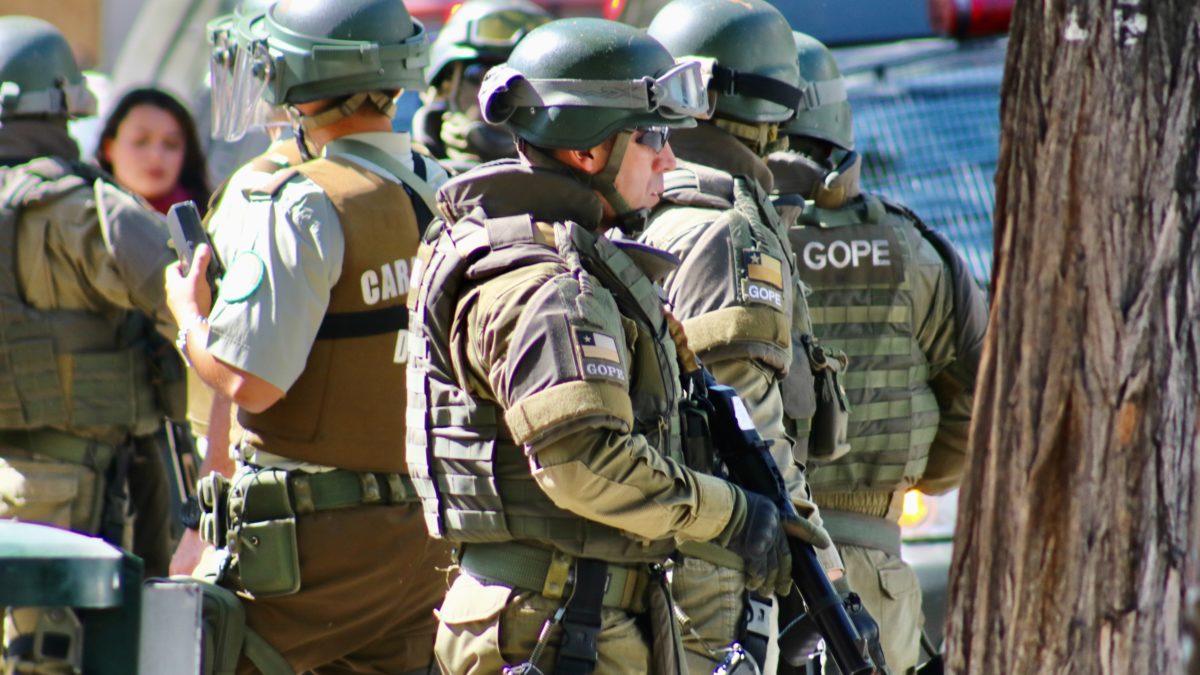
The Ultimate Guide to AR500 Level III Armor
When it comes to protecting yourself or your team with Level III armor, ar500 plates are the best option. AR500 plates are constructed of hardened steel and provide superior protection against high-velocity rounds and other projectiles. With that in mind, let’s take a closer look at the different types of AR500 plates available and how they can best protect you in any situation.
Types of AR500 Plates Available
AR500 plates come in various shapes, sizes, and thicknesses depending on their intended purpose. Generally speaking, a thicker plate is better for stopping more powerful rounds, while a thinner plate is more suitable for stopping lighter rounds. Plate thickness can range from 0.25 inches up to 0.5 inches thick. Some examples of common AR500 plates used for armor include:
• Shooter’s cut – this type of plate has a curved profile which makes it easier to move around while wearing the vest; it is most commonly used by law enforcement and military personnel who need mobility while still providing adequate protection from incoming fire.
• Swimmer’s cut – this type of plate has a much flatter profile which makes it ideal for wearing under clothing or gear; it is often used by security personnel who need to remain inconspicuous while still providing adequate protection from incoming fire.
• Multi-curve – this type of plate protects from all angles and is often used by military personnel who require maximum protection from incoming fire.
• Ceramic – ceramic plates are usually thinner than steel plates but provide comparable levels of protection; they are often used by security personnel who require additional flexibility when wearing their armor vests.
• Stab resistant – this type of plate provides additional protection against stabbing attacks; it is often used by law enforcement personnel who may encounter such threats on the job.
No matter what type of plate you choose, one thing remains constant: the higher quality materials you use, the better the plate will perform in a real-world scenario where lives could be at stake.
Advantages & Disadvantages Of Using AR500 Level III Armor
The primary advantage of using AR500 plates for level III armor is that they offer superior protection against high-velocity rounds as well as other projectiles like shrapnel or debris without compromising on weight or maneuverability; they are also relatively affordable compared to other types of armor plating solutions like ceramic or titanium plating options. The main disadvantage associated with using these types of plates is that they can be quite noisy when moving around due to the nature of their construction (i.e., hardened steel). Additionally, if not properly maintained over time (i.e., inspected regularly), these types of plates can corrode or rust if exposed to moisture over extended periods thus reducing their effectiveness as an armor solution overall.
All in all, when considering level III armor solutions for yourself or your team, AR500 steel plating should always be taken into consideration due to its superior performance characteristics compared to other solutions available on the market today—but make sure that you purchase only high-quality materials so that your vest will perform optimally even in extreme conditions! With that said, we hope this guide has provided some useful insights into why AR500 plating might be right for your needs when seeking out level III armor solutions.
For more articles, please click here.